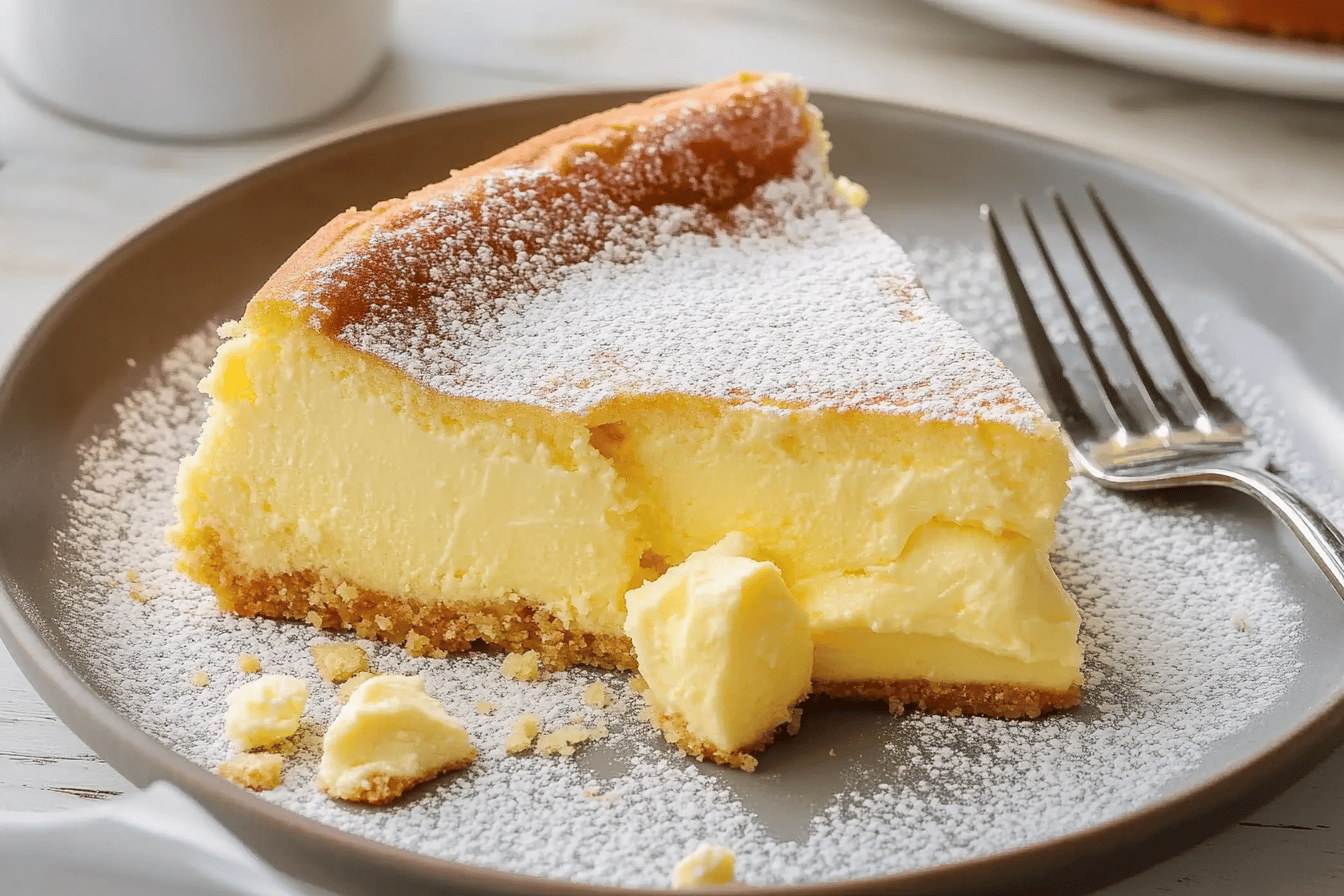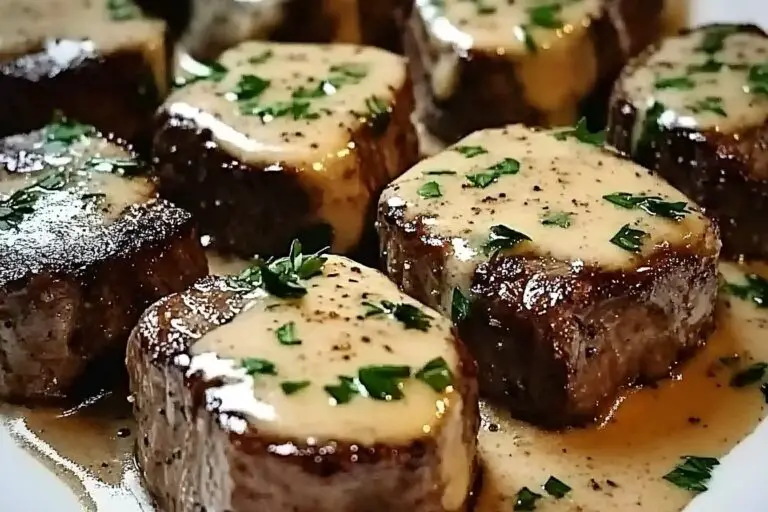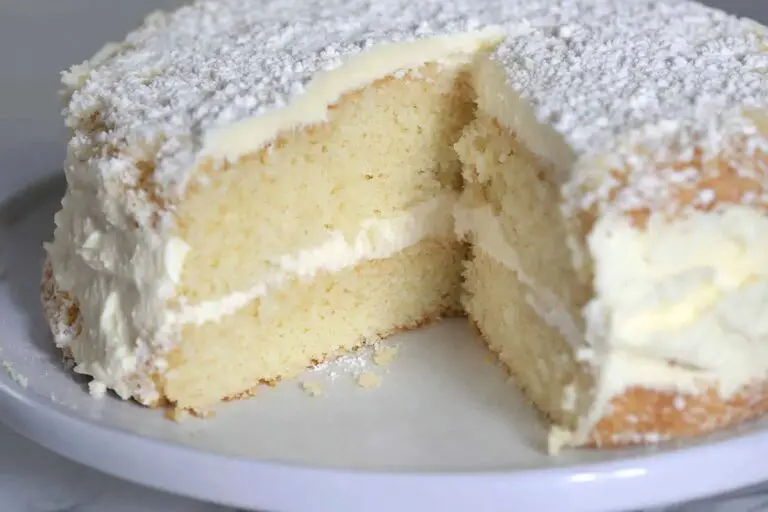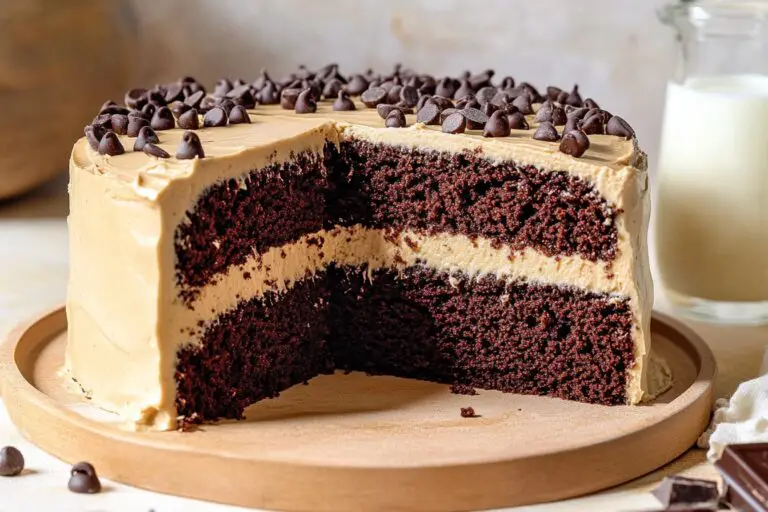Irresistible Butter Cake
Introduction
If you’re a fan of indulgent desserts, then the irresistible butter cake is a recipe you must explore. This delectable treat strikes the perfect balance between a rich buttery flavor and a beautifully soft texture that melts in your mouth. Whether you’re hosting a gathering or treating yourself to a comforting slice, this butter cake will quickly become your go-to recipe.
Detailed Ingredients with Measures
Ingredients:
– Unsalted butter
– Sugar
– Eggs
– All-purpose flour
– Baking powder
– Milk
– Vanilla extract
Each component plays a vital role in achieving the perfect buttery taste and soft texture of this dessert. Be sure to use fresh, high-quality ingredients to bring out the best flavors in your cake.
Prep Time
The preparation process is a breeze, ensuring you can whip up this delightful treat effortlessly. Taking just a short amount of time to assemble the ingredients and mix them together, this cake is perfect for both novice and expert bakers alike.
Cook Time, Total Time, Yield
You’ll be delighted by how efficiently this cake bakes to perfection in no time. Once out of the oven, the golden-brown finish will hint at its irresistible buttery flavor and perfect consistency. Prepare to impress others with the simplicity and elegance wrapped up in this classic recipe.
Recipe and More
This butter cake recipe serves as a timeless dessert that you can adapt for various occasions. Serve it on its own, dust it with powdered sugar, or even pair it with your favorite toppings such as whipped cream, fresh fruit, or a drizzle of caramel sauce. With its simple yet indulgent flavor, this butter cake will always stand out and leave everyone asking for seconds. Whether it’s a celebration or a quiet treat for yourself, this recipe promises to deliver delicious results every time!
“`html
Detailed Directions and Instructions
Step 1: Preheat the Oven
Preheat your oven to 350°F (175°C). Prepare a baking pan by greasing it lightly with butter or lining it with parchment paper to ensure easy removal of the cake.
Step 2: Mix Dry Ingredients
In a medium-sized bowl, whisk together the flour, baking powder, and a pinch of salt. Set the mixture aside for later.
Step 3: Cream Butter and Sugar
Using a large mixing bowl, cream together the softened butter and granulated sugar until the mixture becomes light and fluffy. Use an electric mixer on medium speed for about 3-5 minutes for the best results.
Step 4: Add Eggs One at a Time
Add the eggs one at a time to the butter and sugar mixture. Beat well after each addition, ensuring each egg is fully incorporated before adding the next.
Step 5: Mix in Vanilla Extract
Stir in the vanilla extract to enhance the flavor of the cake. Mix well until evenly distributed throughout the batter.
Step 6: Combine Dry and Wet Ingredients
Gradually add the prepared dry ingredients into the wet mixture, alternating with milk. Begin and end with the dry ingredients. Mix on low speed until just combined, being careful not to overmix the batter.
Step 7: Pour Batter into Prepared Pan
Transfer the cake batter into the prepared baking pan. Use a spatula to spread the batter evenly, ensuring it reaches all edges and has a smooth top.
Step 8: Bake the Cake
Place the pan in the preheated oven and bake for 30-35 minutes, or until a toothpick inserted into the center of the cake comes out clean.
Step 9: Cool the Cake
Remove the cake from the oven and allow it to cool in the pan for about 10 minutes. Then, transfer the cake to a wire rack to cool completely before serving or decorating.
Notes
Note 1: Ensure Butter is Softened
For best results, use softened butter at room temperature. This ensures the butter creams easily with the sugar and contributes to a light, moist texture.
Note 2: Do Not Overmix
Avoid overmixing the batter as it can lead to a dense texture. Mix until just combined after each addition.
Note 3: Use Fresh Ingredients
Ensure that your baking powder and other ingredients are fresh for the best flavor and proper rising during baking.
Note 4: Customize the Cake
This butter cake recipe is versatile. You can add chocolate chips, nuts, or fruit to the batter for varying flavors.
Note 5: Storage
Store the leftover cake in an airtight container at room temperature for up to 3 days, or refrigerate to extend the freshness for up to a week.
“`
Cook techniques
Softening Butter Properly
To achieve the perfect texture for your butter cake, ensure the butter is softened correctly. Leave it at room temperature for at least 30 minutes before starting, but avoid melting it entirely, as softened butter yields a more consistent batter.
Creaming Butter and Sugar
Beat the butter and sugar together until it becomes light and fluffy. This step incorporates air into the mixture, contributing to the cake’s tenderness and structure.
Using the Right Mixing Technique
While mixing the ingredients, ensure you don’t overmix, especially after adding the flour. Overmixing can make the cake denser, so fold the ingredients gently to maintain its softness.
Measuring Ingredients Accurately
Ensure all ingredients, especially the flour, are measured with precision. Spoon the flour lightly into the measuring cup and level off any excess to avoid compactness.
Preparing the Baking Pan
Grease the cake pan generously with butter or oil and dust it with a light layer of flour. This method ensures the cake doesn’t stick to the pan after baking for easy removal.
Maintaining Even Baking
Place the cake pan in the center of the oven to allow for even heat distribution. Avoid opening the oven door too frequently, as this could cause the cake to collapse.
FAQ
What makes butter cake moist?
The combination of softened butter, precise ingredient measurements, and avoiding overmixing contributes to a moist and tender butter cake.
Can I substitute butter with margarine or oil?
While butter provides a rich flavor and unique texture, substituting it with margarine or oil might slightly alter the taste and moisture.
How do I prevent the cake from sticking to the pan?
Ensure proper preparation by greasing the pan and dusting it with flour. You can also use parchment paper for added ease in removing the cake.
Why did my butter cake collapse?
Collapsing could result from overmixing the batter, opening the oven door too early, or incorrect oven temperature settings.
Can I use self-rising flour instead of all-purpose flour?
You can, but ensure you adjust the recipe accordingly since self-rising flour already contains baking powder and salt.
How can I store the butter cake?
Wrap the cake tightly with plastic wrap or store it in an airtight container. It can be kept at room temperature for up to 3 days or refrigerated to extend its shelf life.
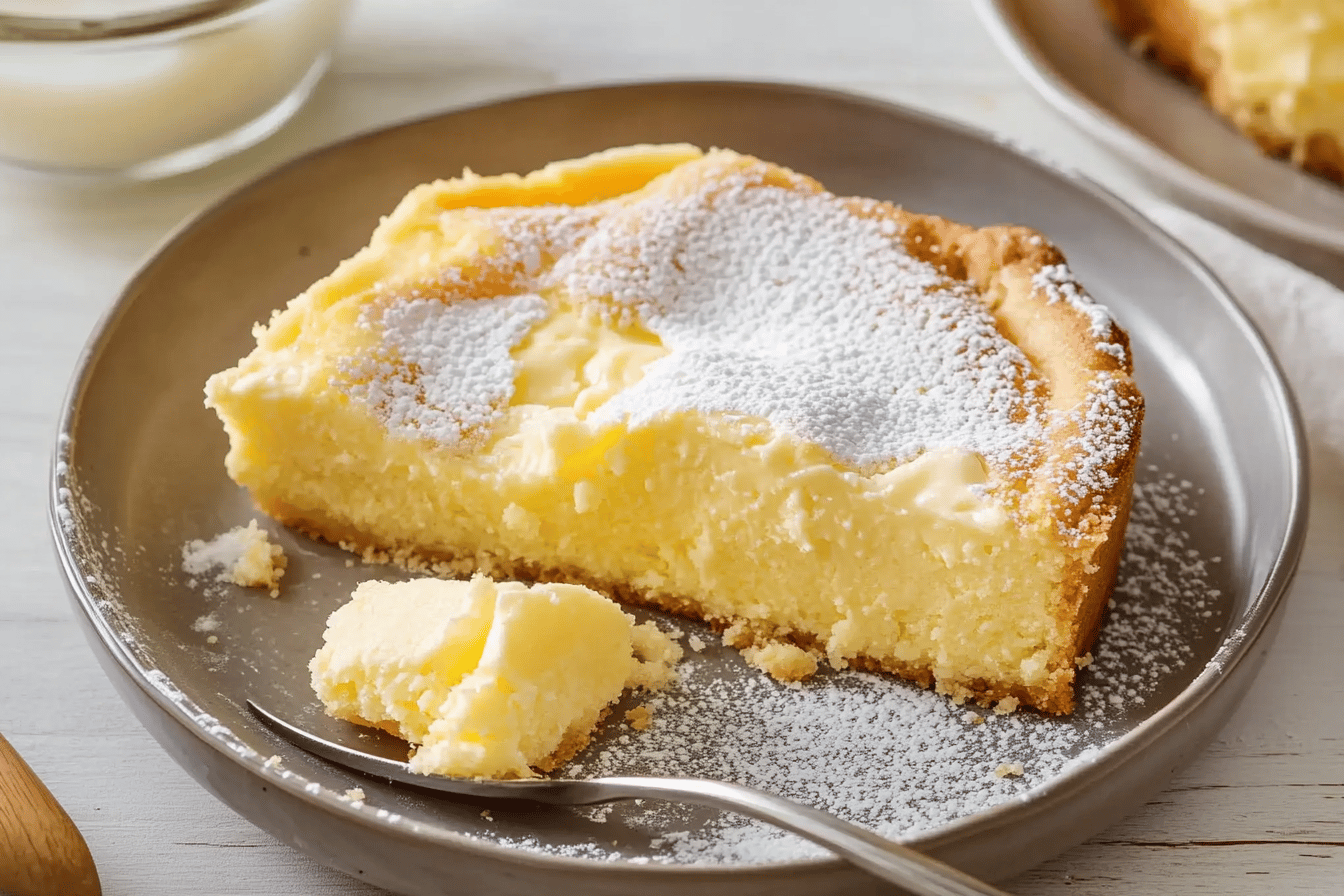
Conclusion
The irresistible butter cake is a delightful treat that combines rich flavors and a tender texture, perfect for any occasion. Its versatility allows it to shine as a standalone dessert or as a base for creative recipes. Dive into the world of butter cakes and savor their timeless charm.
More recipes suggestions and combination
Classic Vanilla Butter Cake
Swap out any additional flavors and stick to the pure essence of vanilla for a classic treat everyone will love.
Lemon Zest Butter Cake
Add a refreshing twist to the traditional recipe by incorporating lemon zest and a drizzle of lemon glaze.
Chocolate Marble Butter Cake
Introduce a swirl of chocolate to create a beautiful marbled effect and a richer flavor profile.
Fruit-Topped Butter Cake
Garnish your cake with fresh fruits like berries, peaches, or kiwis for a colorful and decadent presentation.
Coconut Butter Cake
Enhance the warm, buttery notes with shredded coconut mixed into the batter and sprinkled on top before baking.
Nuts and Caramel Butter Cake
Top your butter cake with a caramel glaze and a sprinkle of toasted nuts for a crunchy and indulgent combination.

